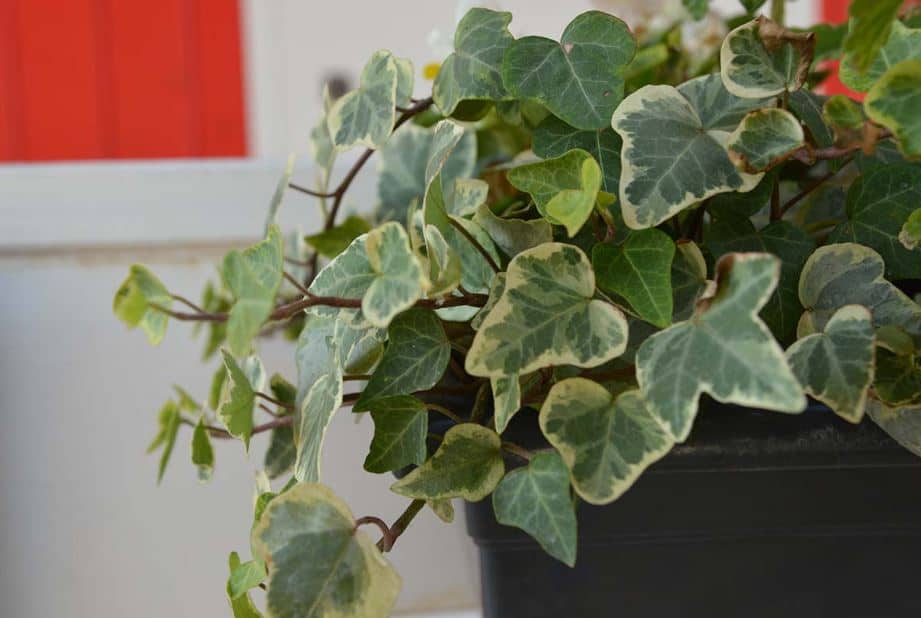A variegated ivy plant may liven up an otherwise dull space for indoor plants, but it requires somewhat different maintenance than other ivy varieties. Learn more about caring for variegated ivy by reading on.

A Variegated Ivy Plant’s Basic Care
The variegated ivy leaves usually contain green, white, or yellow patterns. Chlorophyll is absent from the white and yellow patches on the variegated ivy leaves. The primary functions of chlorophyll are to nourish the variegated ivy plant and shield it from the sun’s rays.
This indicates that due to the variegation, care for variegated ivy differs significantly from standard green ivy. A variegated ivy plant must be kept out of direct sunlight, requiring less light than other plants. The variegated ivy plant must be placed in bright indirect or filtered sunlight to properly care for. Ivy leaves with various colors may burn if exposed to direct sunlight. The greatest place for variegated ivy is on a window sill hidden by a sheer curtain.
The second tip for caring for variegated ivy is to reduce the fertilizer you feed the plant drastically. Variegated ivy generates less energy for growth because its leaves contain less chlorophyll. Because of this, variegated ivy plants develop far more slowly than their all-green relatives. They need significantly less food in the soil since they develop more slowly. The best fertilizer maintenance for variegated ivy is to fertilize no more often than once yearly. Even then, go easy on it.
Beyond this point, fertilizer will continue to build up in the soil and may endanger your variegated ivy.
Keeping Different Variegated Ivy Leaves
A genetic element in the ivy plant causes the variegated leaves; however, without adequate care, a variegated ivy plant may return to the more common green leaves.
The sun is one important element. A variegated ivy plant needs intense sunshine even if it cannot tolerate direct sunlight. The plant cannot produce enough food from its chlorophyll without strong sunshine. The plant will develop leaves with greater green surface area to survive. If continued in this manner, the plant will ultimately produce exclusively green leaves.
If this happens, transfer the plant to an area with more direct sunshine. Over time, the ivy’s variegated leaves should reappear.
On rare occasions, the leaves of a variegated ivy plant may become green. If this happens, just a portion of the plant will develop green leaves; the remainder will be completely varied.
If this occurs, remove the non-variegated ivy leaves to promote the development of the proper leaf color.


